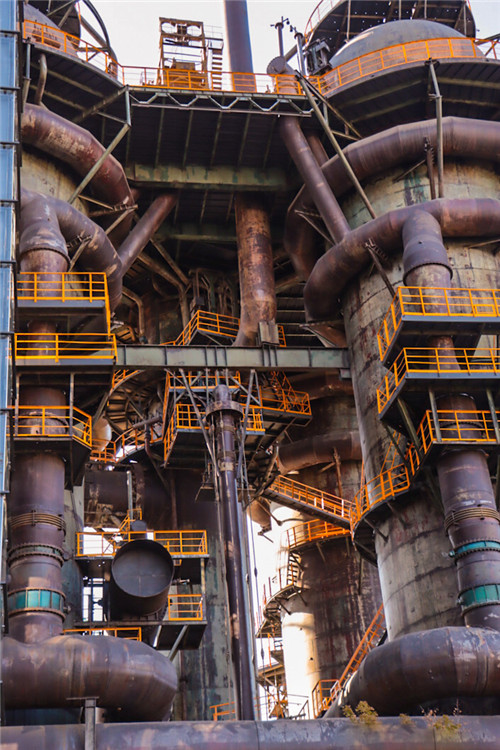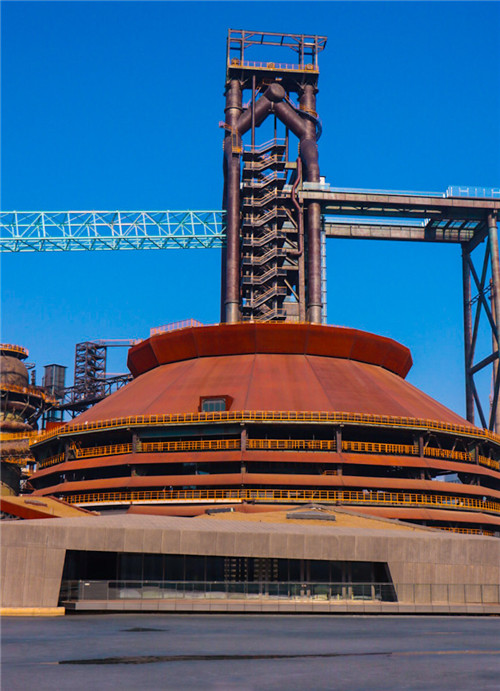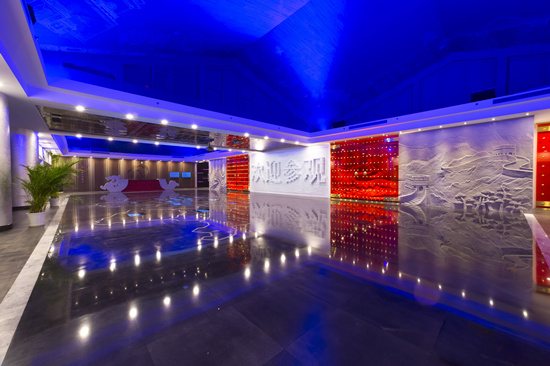Shougang: From industrial base to attraction in Beijing

Steelworks such as Shougang today are examples of industrial archaeology 2021. [Photo by Bruce Connolly/chinadaily.com.cn]
Another former industrial area, within eastern Beijing's Chaoyang District is Dashanzi 798.Of similar vintage although not so extensive in scale, it has been transformed into a premier art zone and exhibition space. Incorporating unique 1950s Bauhaus-design factory units along with an awesome background of power station, redundant gas and chemical production facilities, it has attracted international acclaim. Such areas have become historic legacies within the city’s story.
Various uses were proposed for Shougang, but ultimately it would become an industrial park. Its towering relics of 1950s industrialization to be incorporated into a zone of manicured outdoor spaces, lakes, unique dining experiences, hotels and commercial outlets. A major boost was the decision to locate there the headquarters of the Beijing Organizing Committee of the 2022 Olympic and Paralympic Winter Games. This in turn has encouraged infrastructure development both within the park and surrounding area. Going there today, it's hard to imagine only 11 years ago the noise, steam and production that had persisted particularly in strength from the 1950s, from a plant that, at its peak, employed around 200,000 workers.

No 3 Blast Furnace has been renovated to incorporate a dining area and bookstore 2021. [Photo by Bruce Connolly/chinadaily.com.cn]
During my visits, I have noticed Shougang becoming increasingly a "must visit" location within western Beijing. There is certainly much to appreciate to enjoy what already has opened. Considerable areas are also presently undergoing renovation and landscaping. It will become a focal point for the Olympics within urban Beijing.
Shougang was one of China's earliest enterprises on such a scale during the 1950s. It reflects the country's focus then on industrialization and steel production. At its peak, it was producing over 10 million tons annually. So hard to imagine that scene today, walking around those areas already open to the public. It represents a form of 20th century archaeology, where the structures stand as symbols, reminders of bygone times. Today there is the sound of silence. Missing are the bangs, clanging or constant hum of production, day and night, for steel manufacturing never stopped, and the units worked around the clock. Indeed the evening sky would be lit with a glow from blast furnaces while clouds of steam rose constantly from its gigantic towers. The amalgam of chimneys, pipes and all forms of interconnected structures only comes into focus by walking amid them.

 Responsibilities of the SOCAAC
Responsibilities of the SOCAAC Experiencing Beijing 2023
Experiencing Beijing 2023